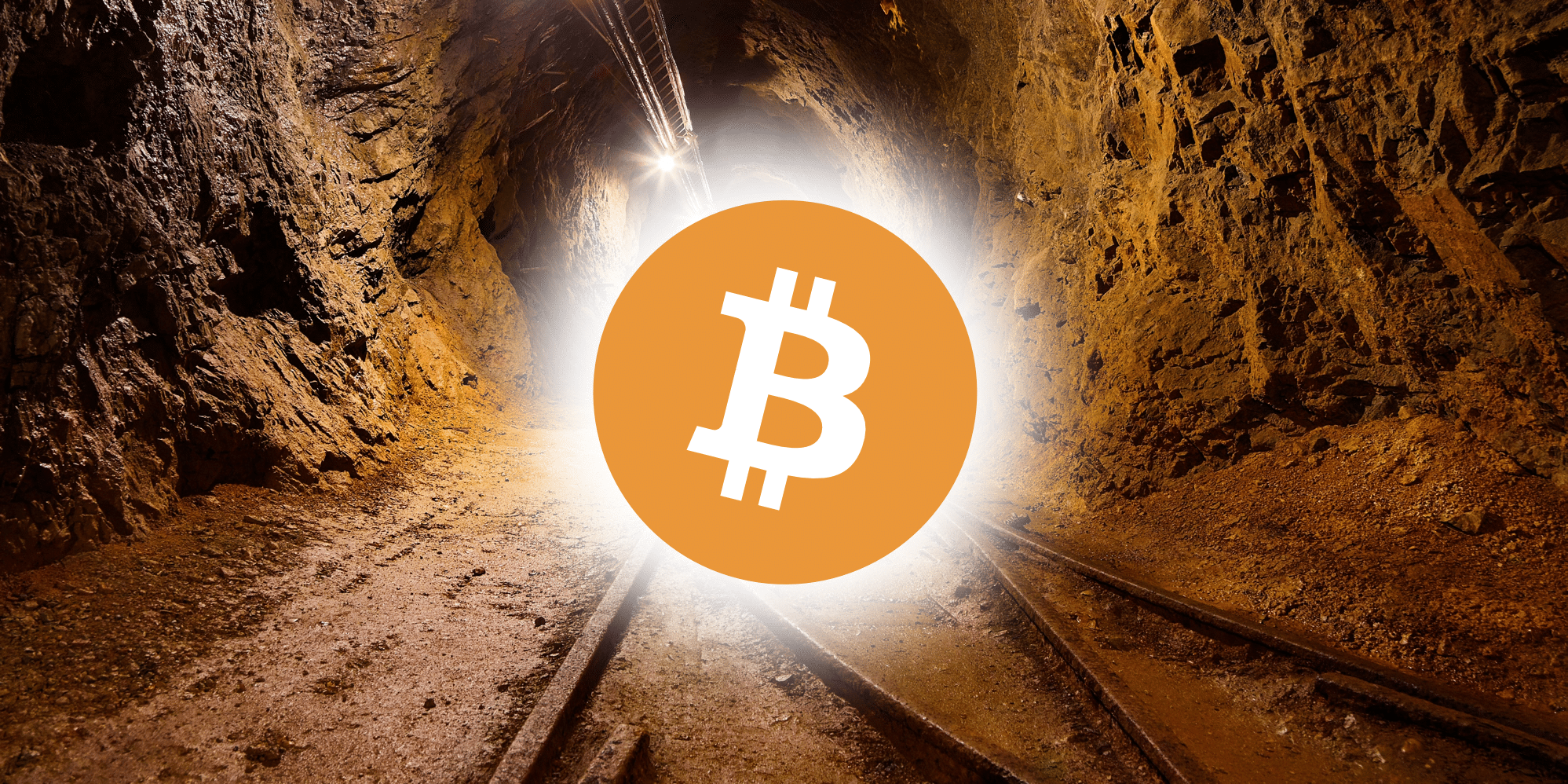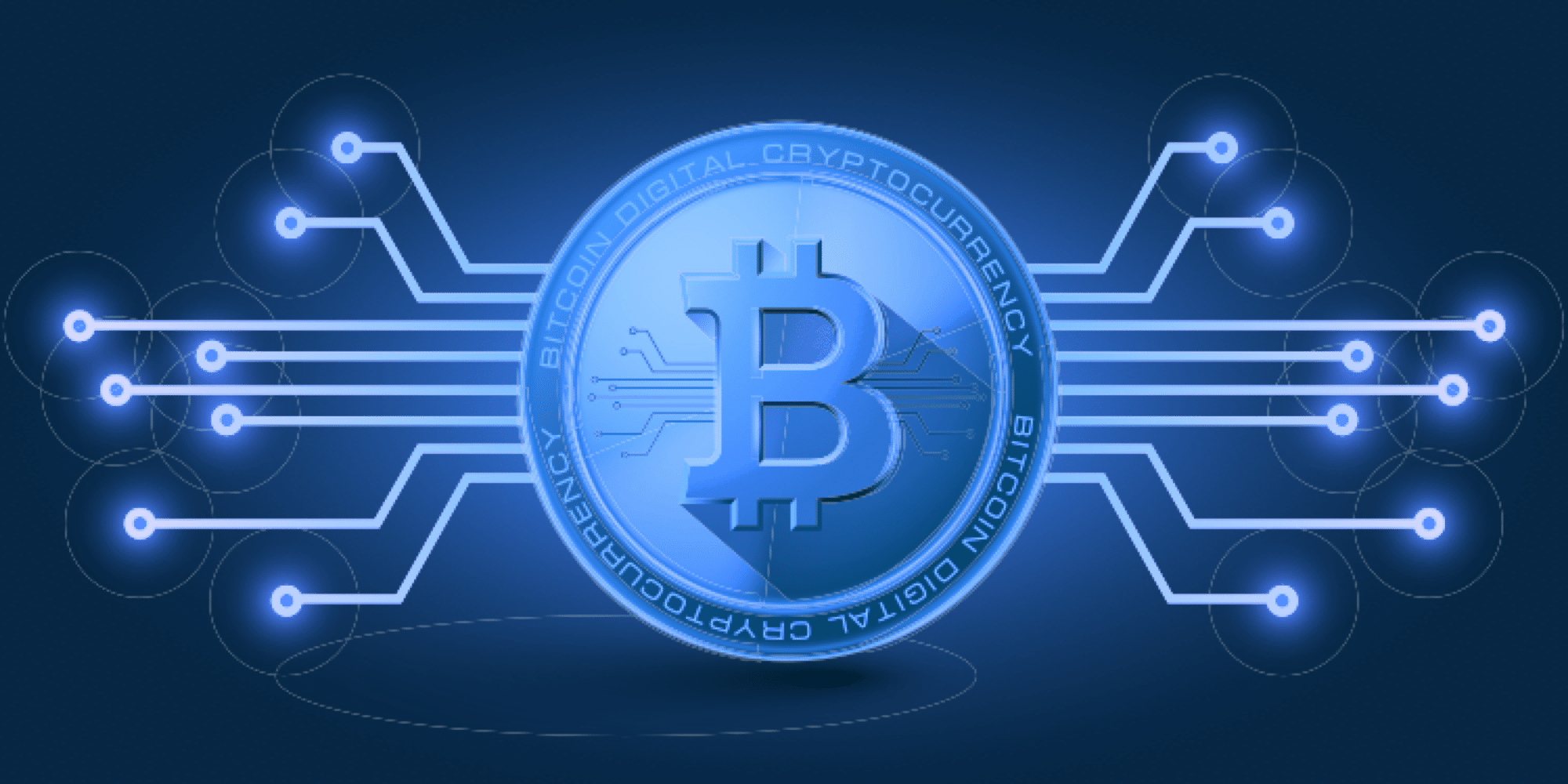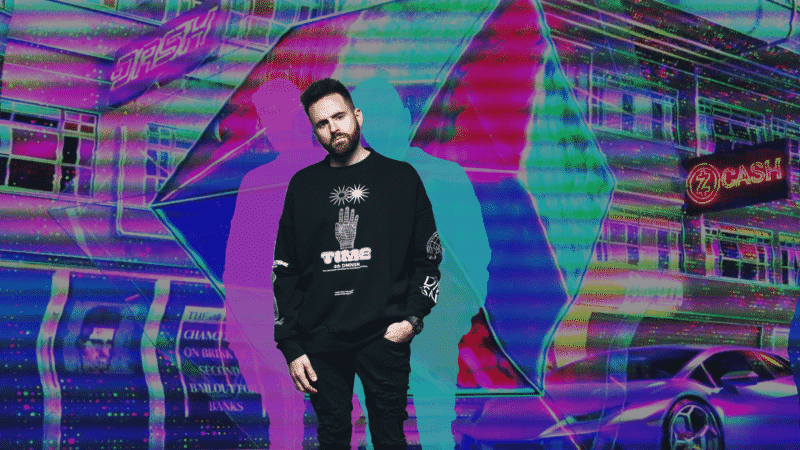- The digital world is the vehicle for creative expression.
- Enter LSR/CITY: Gareth Emery’s NFT Debut
- Gareth Emery NFTs– Why Now?
A Gareth Emery show is an absolute spectacle–a bombardment of lasers, music, and energy so grand it could convince an extraplanetary species to initiate war preparations.
Short of stimulating a galactic war economy, Gareth Emery’s shows, adequately named Laserface, feature upwards of fifty lasers meticulously choreographed to his music to dazzle audiences of 10,000.
However, 2020 was a wet blanket on the dance music industry’s momentum, making in-person events impossible, and many of the world’s most in-demand DJs scrapped an entire year’s worth of potential tour dates.
Gareth, having dabbled in cryptocurrency since 2013, is no stranger to testy markets.
“Electronic music has also been through its fair share of cycles,” says Gareth. “I got into electronic music during the Napster days. Many labels had collapsed and there was very little money in making music and many artists were leaving the industry, saying, ‘there’s no money here anymore! The money was here for the last ten years when we were selling millions of CDs, but we’re going to get off to get jobs and stuff now, um, good luck with this industry!’”
And then, dance music hit America.
Having established himself as a trance music pioneer, Gareth was front and center for the explosion of dance music in the late 2000s and early 2010s.
“Those of us that had been grinding away for the past five years were just already in the right place. When the biggest economy in the world jumped fully into electronic music, there was suddenly a great business model there. The genre went from being an underground thing to the Ultras and EDCs of today.”
Similarly, many of today’s most successful cryptocurrency projects were built without the romance of a bull market, and most of the wealthiest people in the industry were minted from buying Bitcoin hardly anyone was talking about it.
“I learned about Bitcoin around 2013, when I bought my first house in Los Angeles, which was an absolute head fuck of a process,” says Gareth. “After months of signing literally hundreds of pieces of paper and dozens of phone calls with banks, underwriters, and mortgage advisors, I realized that the legacy financial system is just awful. I had never particularly loved it anyway, but that experience solidified it as an inefficient, slow, and unfair system in my mind.”
Gareth’s Bitcoin journey started with frustration that evolved into curiosity.
“Bitcoin was priced well under $1000 at that point, and I started learning about the technology,” says Gareth. “I made plenty of mistakes like one tended to do in the early days without commercial hardware wallets. I lost five bitcoins, which is a mistake that becomes more costly over time.”
“Bitcoin was my displacement activity– if I was on a studio deadline and needed a break from working on music, I’d trade crypto.”
Electronic music artists tend to have a uniquely warm disposition to cryptocurrency and the blockchain.
“Our music is made by using technology and we need to be in touch with bleeding-edge technologies to make the best music,” says Gareth. “It probably makes sense that we’d go and explore interesting and exciting technologies in other areas of our lives as well. Whereas, if you’ve never touched a computer, you’re probably less likely to end up going down the road of crypto.”
In addition to Gareth, multiple producers and DJs have embraced NFTs as a means to explore their creativity, connect with their audience, and directly monetize their work without intermediaries.
In March 2021 alone, 3LAU sold a collection of 33 NFTs for $11.7M, Richie Hawtin auctioned original photos, Steve Aoki sold his ‘Dream Catcher’ collection for $4.25, Aphex Twin sold a one-of-one AV clip for $128,000, and Space Yacht sold 579 NFT units for $482,000.
The digital world is the vehicle for creative expression.
As a bulk of the innovation in both industries usually happens in isolation behind a screen, developers and producers are no strangers to spending days on their craft’s meticulous details.
A beautifully functional line of code is remarkably similar to a perfectly timed drop.
Emery’s fascination with cryptocurrency brought him to a conversation with CryptoPunk creators Matt Hall and John Watkinson, with whom he would found a blockchain-based music platform called Choon in 2017.
CryptoPunks are early “NFTs” that is as close as the industry has to digital antiques today. Today, CryptoPunks sell for anywhere between tens of thousands to millions of dollars.
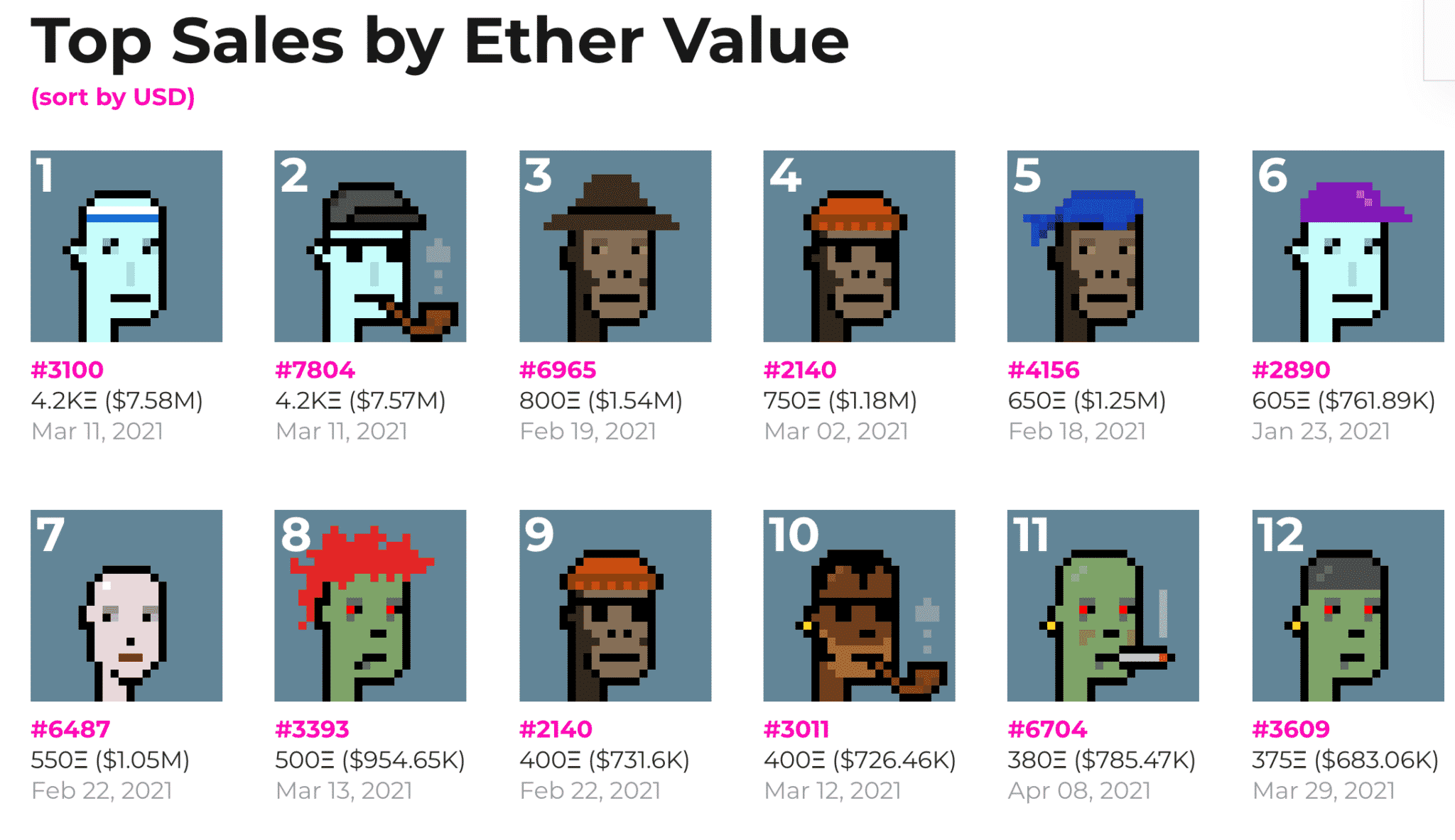
“Matt and John really understood how screwed the music industry is in the way we distribute royalties,” says Gareth. “We’re using a royalty system that hasn’t been updated since it was built in the first half of the 20th century, and this has created major problems for artists today.”
Gareth viewed the blockchain as an opportunity to fix the broken infrastructure of the music industry.
“We had an amazing start and had a beta up in about four months; we became the largest music streaming platform on the blockchain,” says Gareth. “Don’t assume a bull market will last forever. We should have anticipated the 2018 crash better– we were familiar with crypto booms and busts, but weren’t prepared when the market came tumbling. We were turning down millions of dollars every week when we started because we weren’t ready to take investment.”
By the time the Choon team was ready to raise money, the cryptocurrency market had taken a nosedive, losing 70% of its value in a matter of months, making raising capital extremely difficult when the company needed it most, forcing the team to shut down shop.
“We struggled with the idea of doing a token sale but decided against it because there were too many regulatory and legal hoops,” notes Gareth. “The company just ran out of money and we had to shut down shop. Nobody wanted to invest in crypto anymore. Knowing what I know now, I would have built Choon a bit more slowly and planned for the possibility of a three-year bear market. The biggest lesson is that timing is everything.”
Although Gareth’s reminiscence of Choon seems wistful, it’s worth interjecting that the project is regarded as an early pioneer of blockchain’s use case for the music industry today. Bitcoin had yet to become a household name when Choon launched in 2017, and Choon simply may have been just a few years early.
As such, today’s innovators, entrepreneurs, and creatives can learn many lessons from the Choon story.
“Just because you’re in a bull market now doesn’t mean you’ll be in a bull market when you launch your product,” notes Gareth. “Bear markets can last for years, and a lot of great development gets done in this period. You should build for both good and bad times.”
Gareth took a hiatus from cryptocurrency after Choon’s anticlimactic end but maintained his entrepreneurial appetite for cryptocurrency.
“I knew that I wanted to get back in the crypto game at some point, but I wanted to do better than what I did with Choon,” reflects Gareth. “I started looking intently at NFTs in 2020.”
Gareth’s two-year cryptocurrency sabbatical coincided with the entertainment industry shut down. Without high-octane laser shows around the world, Emery found himself sitting idle and itching to create.
Enter LSR/CITY: Gareth Emery’s NFT Debut
Emery fused the laser technology developed from his events into his experiences with cryptocurrency and working closely with NFT OGs like Hall and Watkinson.
LSR/CITY, Emery’s NFT debut, launched on April 15th on Nifty Gateway. Think of a Gareth Emery show in a digital image on the blockchain.
“We want this NFT collection to remind people or let people know if they don’t already know that we put on some of the sickest, if not the best, laser shows in the world,” says Gareth.
The NFT collection contains five NFTs with five exclusive new songs, with footage of real lasers shot using real cameras, then displayed in a glass cube inside one of the five virtual worlds.
The four city-based pieces are LONDON, TOKYO, LOS ANGELES, and GENESIS, each containing an original piece of music created to channel the city’s vibe. Three of the cities are strictly limited to 15 units each to be sold by either drawing or silent auction.
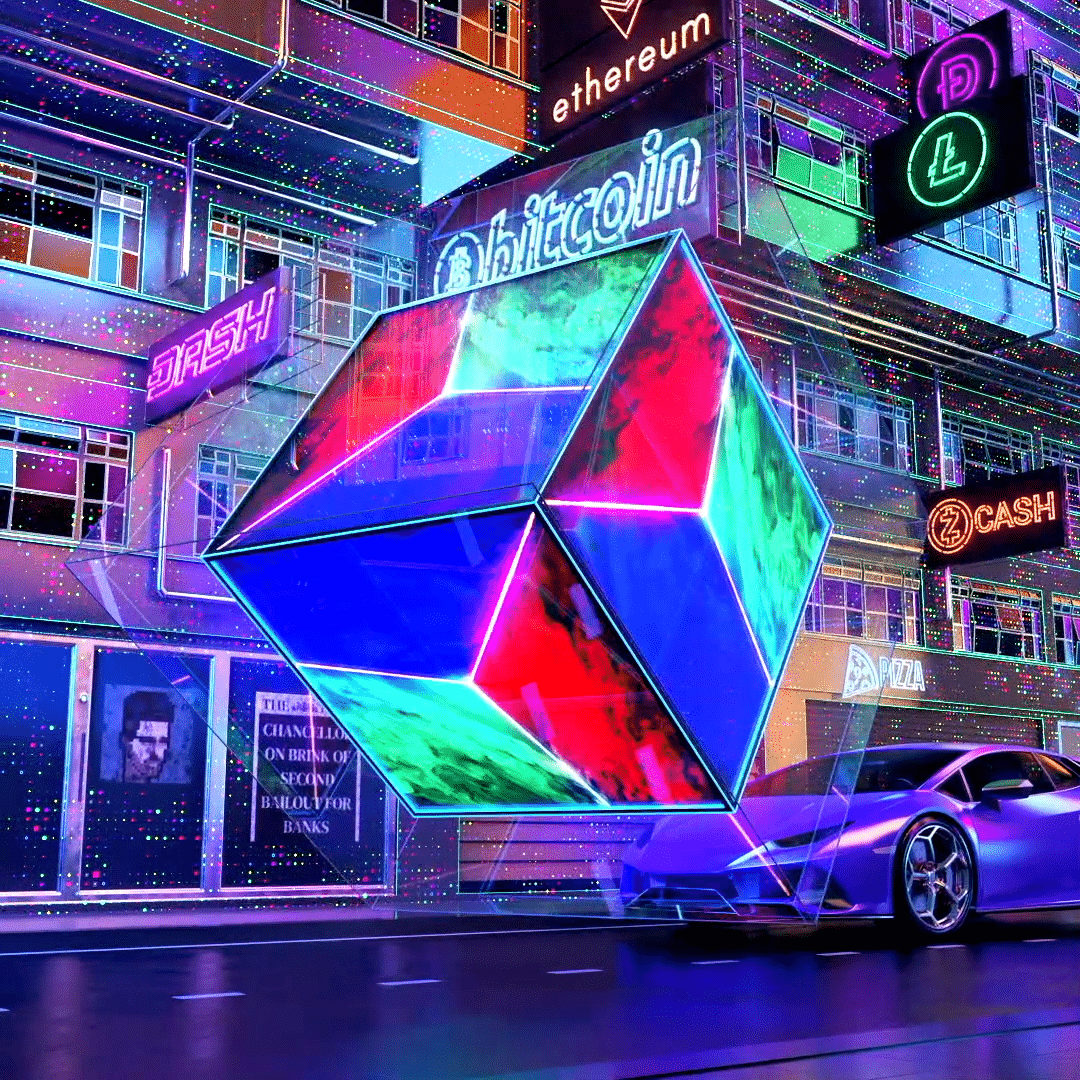
The Tokyo NFT will cost $1, whereas the London NFT will cost around $4,999. GENESIS is open to call, and will cost $499.
At a $250,000 listing, one winner will win the one-of-one piece, which Gareth highlights as a “sick fucking sculpture with a pretty powerful laser that’s about as powerful as I’d feel safe creating.”
The LSR/CITY flagship piece is a one-of-one called LSR/CITY: THE METAVERSE, which includes a physical laser sculpture of the cube itself, hand-engineered in chrome, which projects the NFT’s show using a real laser in the home of the auction’s winner.
“I wanted to make something fucking bonkers,” adds Gareth. “I’ve been thinking about making something like a laser sculpture that plays the NFT synched with lasers.”
“We worked with an engineer out in Las Vegas that specializes in beautiful motorbikes to build the cube, similar to how the other LSR/CITY NFTs are cubes. We put a pre-programmed laser inside with custom firmware that can only play the NFT the sculpture represents.”
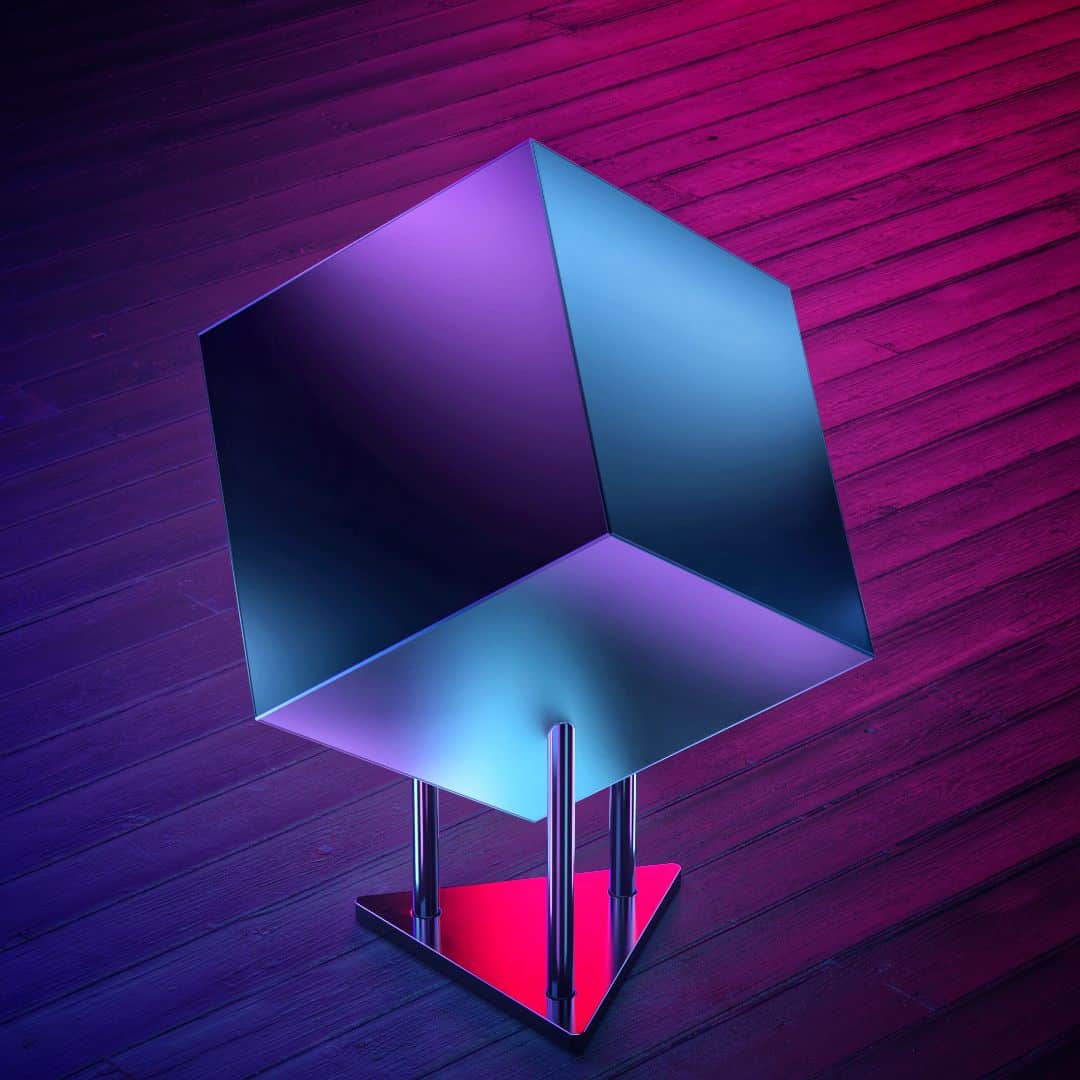
The physical sculpture can be kept in a climate-controlled vault in Miami (Art Angels) to remain in mint condition, or it can be shipped to winners if they choose to redeem it.
The winner can also see their NFT played live with 50+ lasers in front of 10,000 people during a Gareth Emery show– either in a VIP suite in the back, which Gareth recommends as the best view, or in a booth with Emery himself.
“It’s refreshing to create NFTs as opposed to a project like Choon because with NFTs, you kind of just make it, people buy them, and you’re not necessarily worried about what happens after that point,” notes Gareth. “Those NFTs are sitting in someone’s Ethereum wallet in a safe place. My experience with NFTs has been just making art for myself, which has been refreshing.”
NFTs are a sandbox for innovation without the burn rate that comes with running a company.
Today, there are multiple new data points that speak to the value of NFTs as collectibles.
Gareth Emery NFTs– Why Now?
“People tend to acknowledge that digital collectibles have real value that isn’t just going to go away,” says Gareth. “CryptoPunks was the closest thing to a modern NFT when we launched Choon. There was a ton of debate on whether these little pixelated heads could have any value, and most people probably thought they couldn’t.”
Gareth views the flood of NFT creators as positive for both the music and blockchain ecosystems but urges would-be investors to consider past cryptocurrency boom cycles.
“Whilst we’ve all got different perceptions of what the value of digital collectibles is, few are really arguing that digital collectibles don’t have any value today,” says Gareth. “That being said, [the NFT boom] feels similar to the ICO boom of 2017/2018. I don’t want to chastise anybody– it’s been a very hard year in music for making money– but there are many new entrants without much of a cryptocurrency background launching NFTs.”
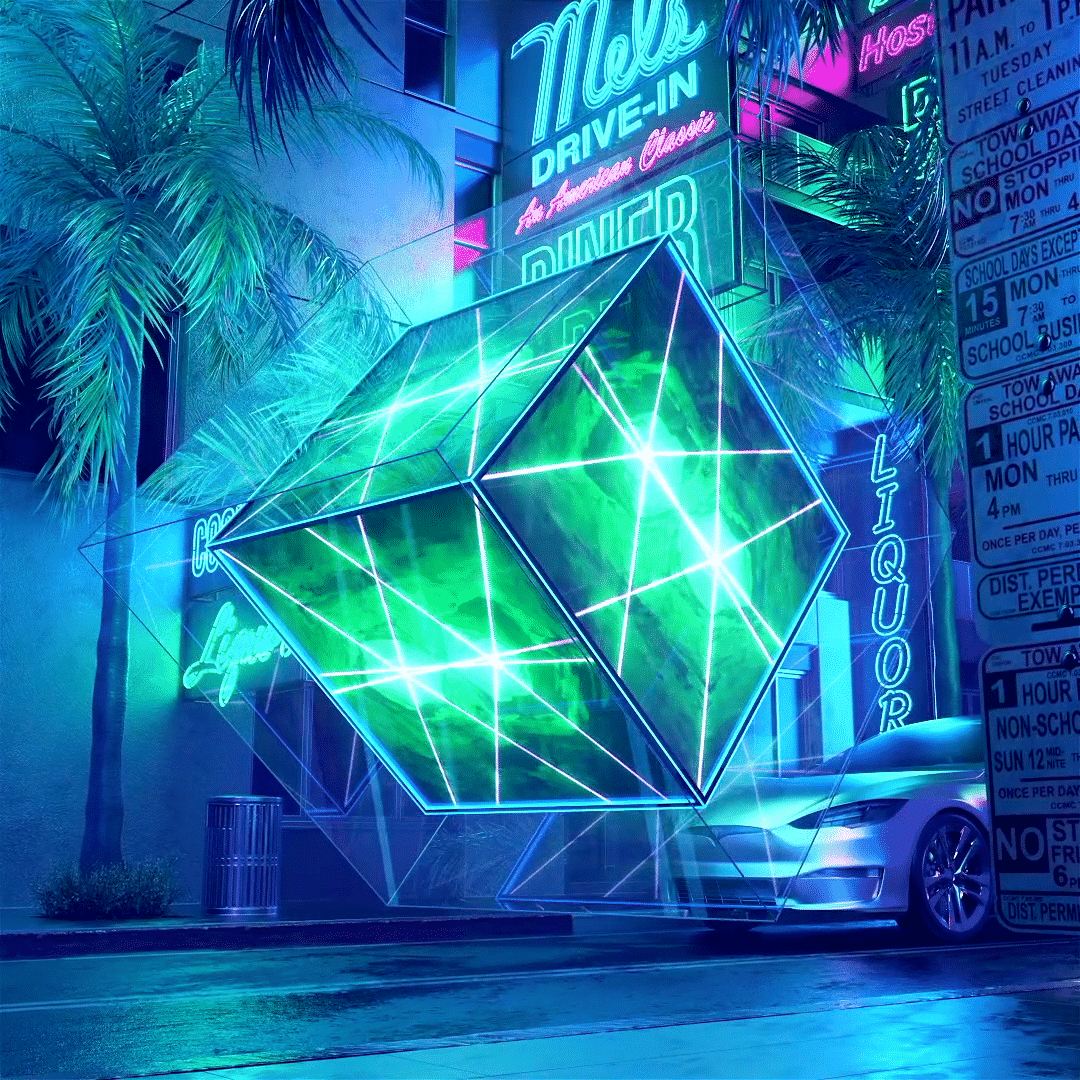
The urgency to get in while the gettin’ is good, Gareth suggests, may lead to many rushed projects created with the sole intention of making money in the immediate short-term.
“Those who’ve been in crypto for longer recognize that we are in a pretty bullish market for NFTs right now, and that’s not always going to be the case. The challenge is sustaining that enthusiasm for creating something incredible and worth holding for your fans when markets cool off.”
Gareth urges creators to visualize a world where NFTs are selling for hundreds of dollars, rather than tens or hundreds of thousands, and to keep their creativity alive in both markets.
Possible to do both, I hope. I’m also uneasy about releasing music that prices out fans but still plan on doing some cool shit via NFT
The headlines focus on the huge spending BUT thousands of artists are also making much smaller amounts, many of whom really needed it after 2020
— Gareth Emery (@garethemery) March 5, 2021
“Regardless of how hyped the market might be right now, I want to make sure that I’m proud of,” adds Gareth. “We could have made RavePunks of crypto ravers back in February, and it probably would have been really profitable, but I wouldn’t have looked back on it with pride. I want my NFTs to sit nicely in my portfolio of work, and I can put it in alongside my albums and laserface shows and be proud of five years from now.”
Never Miss Another Opportunity! Get hand selected news & info from our Crypto Experts so you can make educated, informed decisions that directly affect your crypto profits. Subscribe to CoinCentral free newsletter now.



